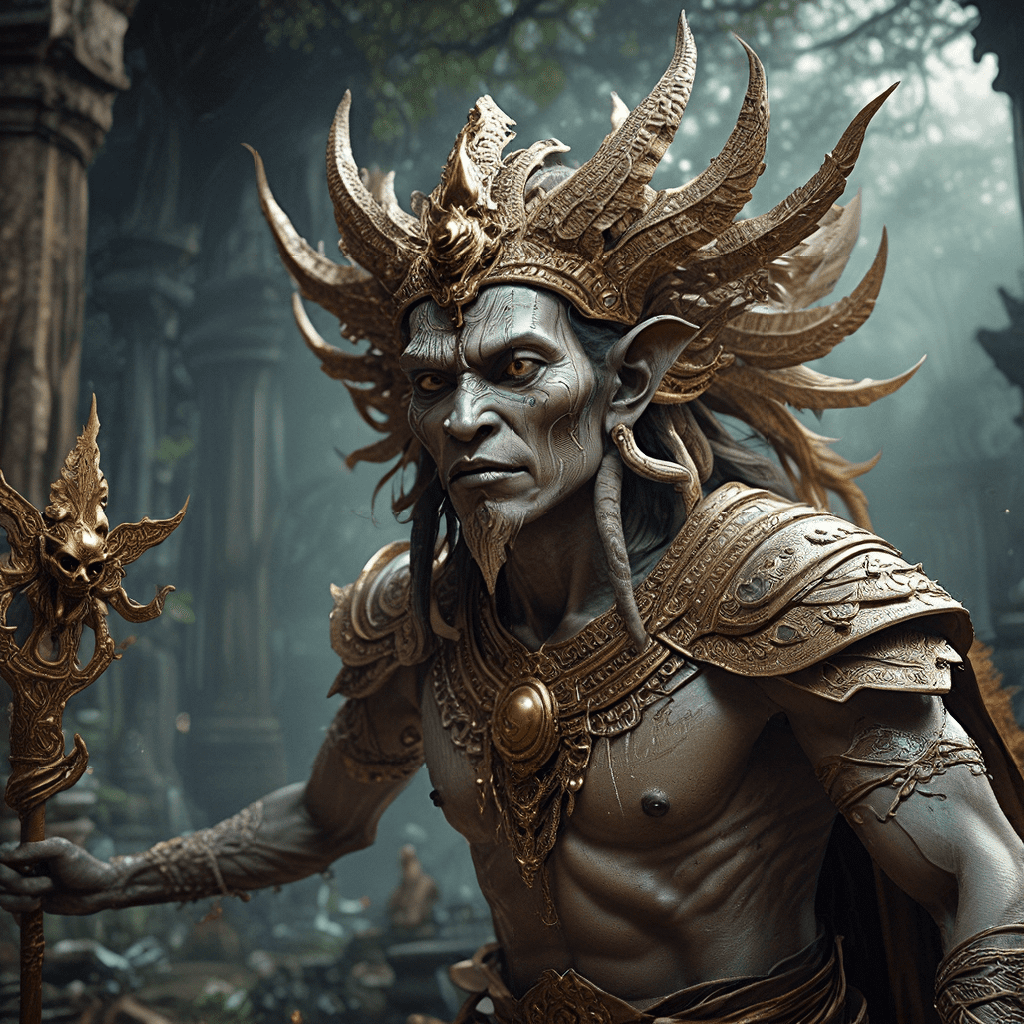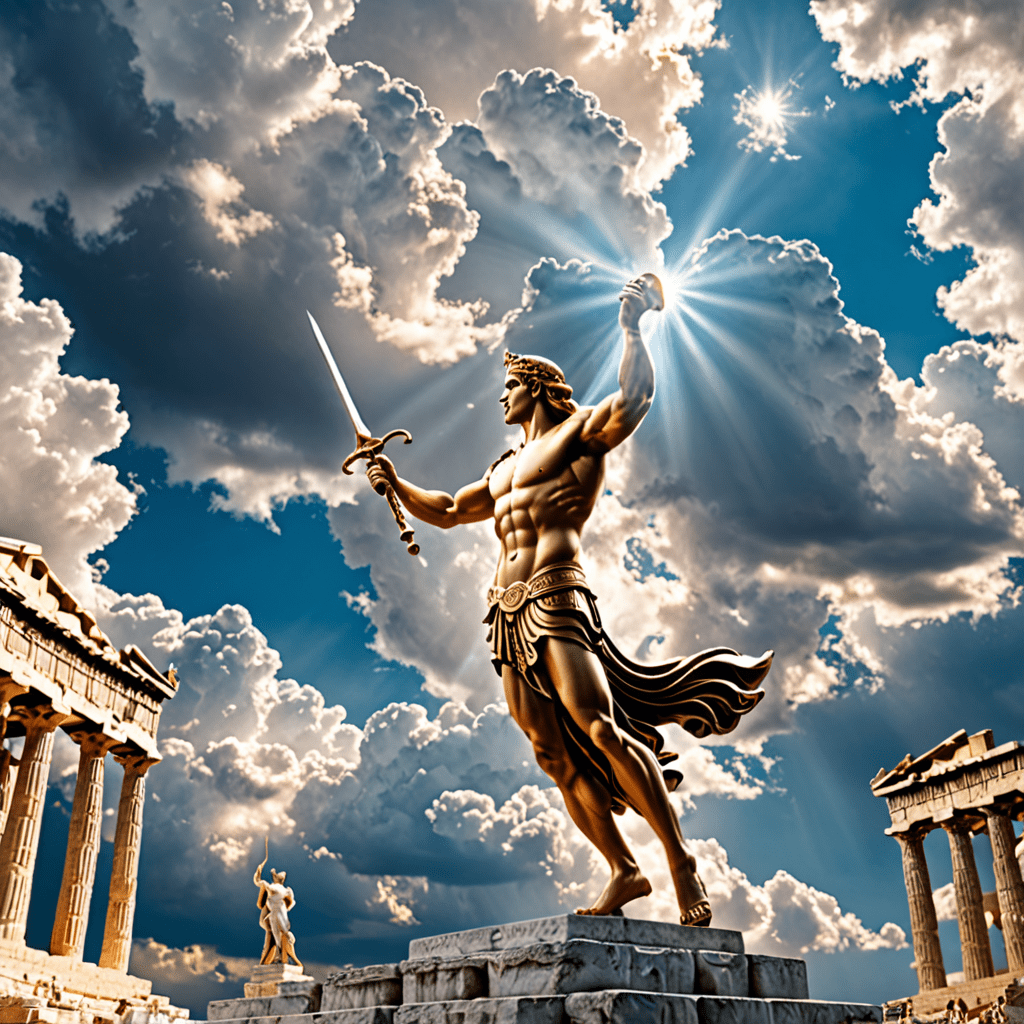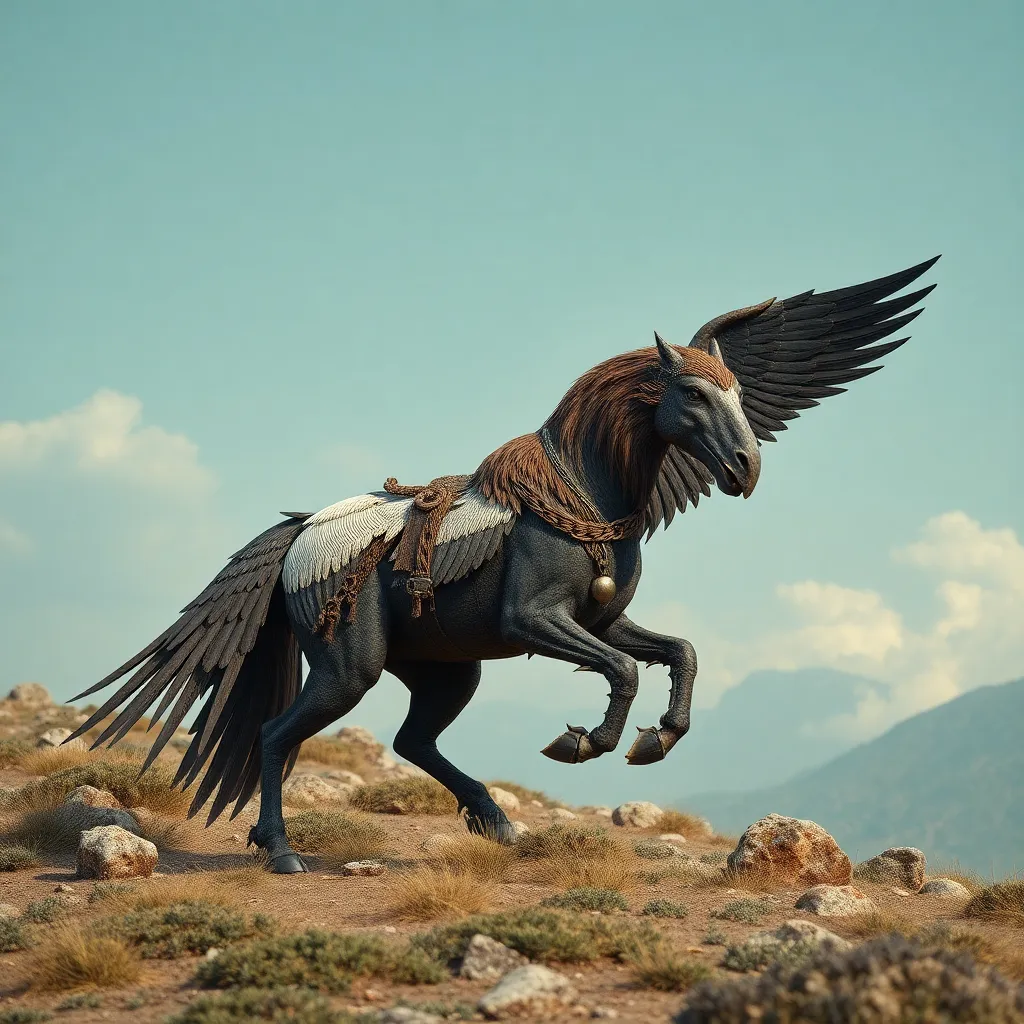Sleipnir Tales: The Hindu Myths of the Gods and Goddesses of Love and Beauty
I. Introduction
In Hindu mythology, love and beauty are not merely superficial attributes; they are vital forces that shape the cosmos and human experience. The tales surrounding deities embodying these traits offer profound insights into the nature of desire, devotion, and aesthetics. This article delves into the rich tapestry of Hindu myths, focusing on the deities associated with love and beauty, framed within the narrative structure of Sleipnir Tales, which symbolizes a journey through these enchanting stories.
The purpose of this article is to explore the intricate myths surrounding these deities, shedding light on their significance in the cultural and spiritual landscape of Hinduism. From the romantic escapades of Kamadeva to the nurturing presence of Parvati, these tales illustrate the multifaceted nature of love and beauty in Hindu thought.
II. The Concept of Love and Beauty in Hindu Culture
Love and beauty hold a central place in Hindu philosophy, intertwined with spirituality and the quest for moksha (liberation). In this context, love transcends mere romantic attraction, evolving into a divine force that fosters connection and unity among all beings.
The interplay of love, beauty, and spirituality is evident in various Hindu texts, such as the Vedas, Upanishads, and Puranas. These texts often depict love as a pathway to understanding the divine, illustrating that beauty is not just external, but a reflection of inner purity and devotion.
Moreover, love and beauty are celebrated in numerous art forms, including:
- Dance: Classical dance forms like Bharatanatyam and Kathak often depict themes of love and devotion.
- Music: Many devotional songs praise the beauty of the divine and the love between deities.
- Visual Arts: Temples and sculptures capture the essence of love and beauty through intricate carvings and paintings.
III. Overview of Key Deities Associated with Love and Beauty
Several deities in Hindu mythology epitomize love and beauty, each with unique attributes and stories. The primary figures include:
- Kamadeva: The god of desire, often depicted with a bow and arrows.
- Rati: The goddess of love and sensuality, associated with Kamadeva.
- Lakshmi: The goddess of prosperity and beauty, symbolizing abundance and grace.
- Parvati: The goddess of love and devotion, representing the ideal partner.
Each of these deities plays a crucial role in the narratives of love and beauty, providing a rich source of inspiration for worship and artistic expression.
IV. The Myth of Kamadeva: The God of Desire
Kamadeva, often referred to as the “God of Desire,” has a fascinating origin. According to myth, he was born from the mind of Brahma, the creator god, to instill love and desire in the hearts of beings. Kamadeva is often depicted as a handsome young man wielding a bow made of sugarcane, with arrows tipped with flowers.
One of the most famous stories involving Kamadeva is his role in awakening the love between Shiva and Parvati. When Parvati, a devoted ascetic, desired Shiva, who was engrossed in meditation, Kamadeva was sent to break his concentration. This act of awakening love highlights Kamadeva’s significance as the catalyst of romantic relationships.
The symbolism of Kamadeva’s bow and arrows is profound. The bow represents the potential for love, while the arrows symbolize the various forms of desire and attraction that can strike the heart, igniting passion and connection.
V. Rati: The Goddess of Love and Sensuality
Rati is the divine consort of Kamadeva and embodies love, beauty, and sensuality. Her relationship with Kamadeva is emblematic of the union between desire and devotion. Together, they represent the harmony of physical attraction and emotional connection.
Numerous myths surround Rati, showcasing her role in love and beauty. In one tale, after Kamadeva’s sacrifice to awaken Shiva, Rati’s deep sorrow causes the gods to intervene, leading to Kamadeva being resurrected. This story emphasizes the deep bond between Rati and Kamadeva, highlighting that love endures even through trials.
In art and literature, Rati is often depicted as an enchanting figure, adorned with flowers and symbols of love, representing the beauty of romantic connection. Her representation serves as a muse for many artists and poets who explore themes of love and sensuality.
VI. Lakshmi: The Goddess of Prosperity and Beauty
Lakshmi, the goddess of wealth and prosperity, is also closely associated with beauty. She is often depicted as a stunning woman, radiating grace and elegance, symbolizing the ideal of beauty in Hindu culture.
One of the most significant myths involving Lakshmi is her emergence during the churning of the ocean (Samudra Manthan). As she appeared from the waters, she brought with her not only beauty but also prosperity and abundance, establishing her role as a divine provider.
Lakshmi’s significance extends beyond individual worship; she is an integral part of various festivals and rituals, such as Diwali, where she is invited into homes to bless them with wealth and beauty. Her presence in these celebrations highlights the connection between beauty, love, and prosperity.
VII. Parvati: The Goddess of Love and Devotion
Parvati, the goddess of love and devotion, has a rich narrative that encompasses transformation and strength. Born as the daughter of the mountain king Himavan, her story is one of determination as she seeks to win Shiva’s heart.
Parvati’s transformation into Shakti, the divine feminine energy, represents her journey from an earthly being to a goddess of power and love. Her love story with Shiva is legendary, showcasing the trials and triumphs of love. Through devotion and perseverance, Parvati ultimately wins Shiva’s affection, symbolizing the ideal relationship founded on mutual respect and love.
Parvati manifests in various forms, each representing different aspects of love. For instance, as Durga, she embodies strength and protection, while as Kali, she represents fierce devotion. Each form emphasizes the diverse dimensions of love, from nurturing to fierce protectiveness.
VIII. Conclusion
The myths surrounding the Hindu deities of love and beauty resonate deeply within modern culture, reflecting timeless themes of desire, connection, and devotion. These stories remind us of the enduring nature of love and its various manifestations in our lives.
In today’s world, where relationships can often seem transient, the lessons from these myths encourage a deeper understanding of love’s significance. They highlight that love is not merely a feeling but a profound connection that can lead to spiritual growth and fulfillment.
Ultimately, the impact of deities like Kamadeva, Rati, Lakshmi, and Parvati on human relationships and spirituality cannot be overstated. Their tales serve as a testament to the beauty of love in all its forms, inspiring generations to seek and celebrate love in their own lives.



